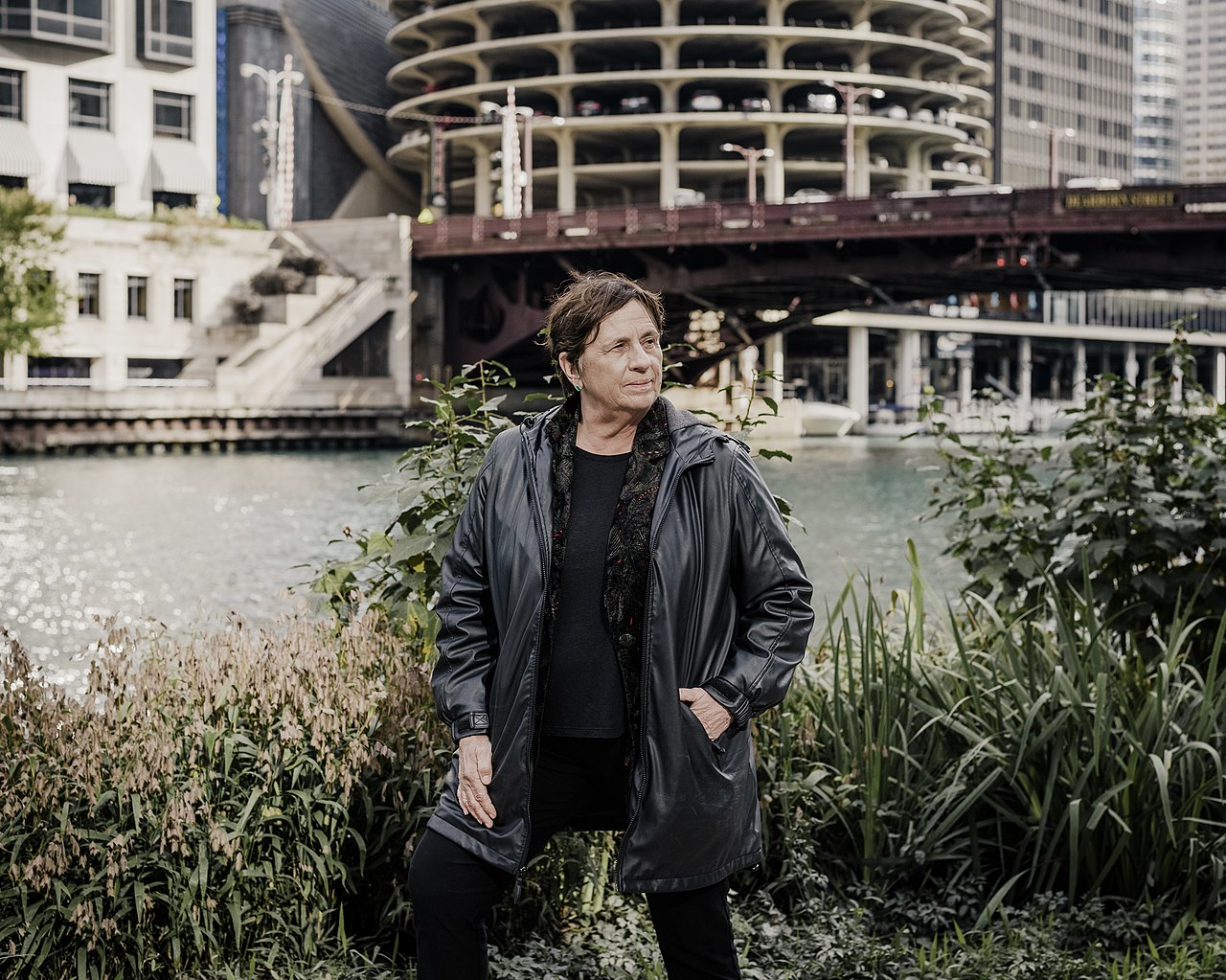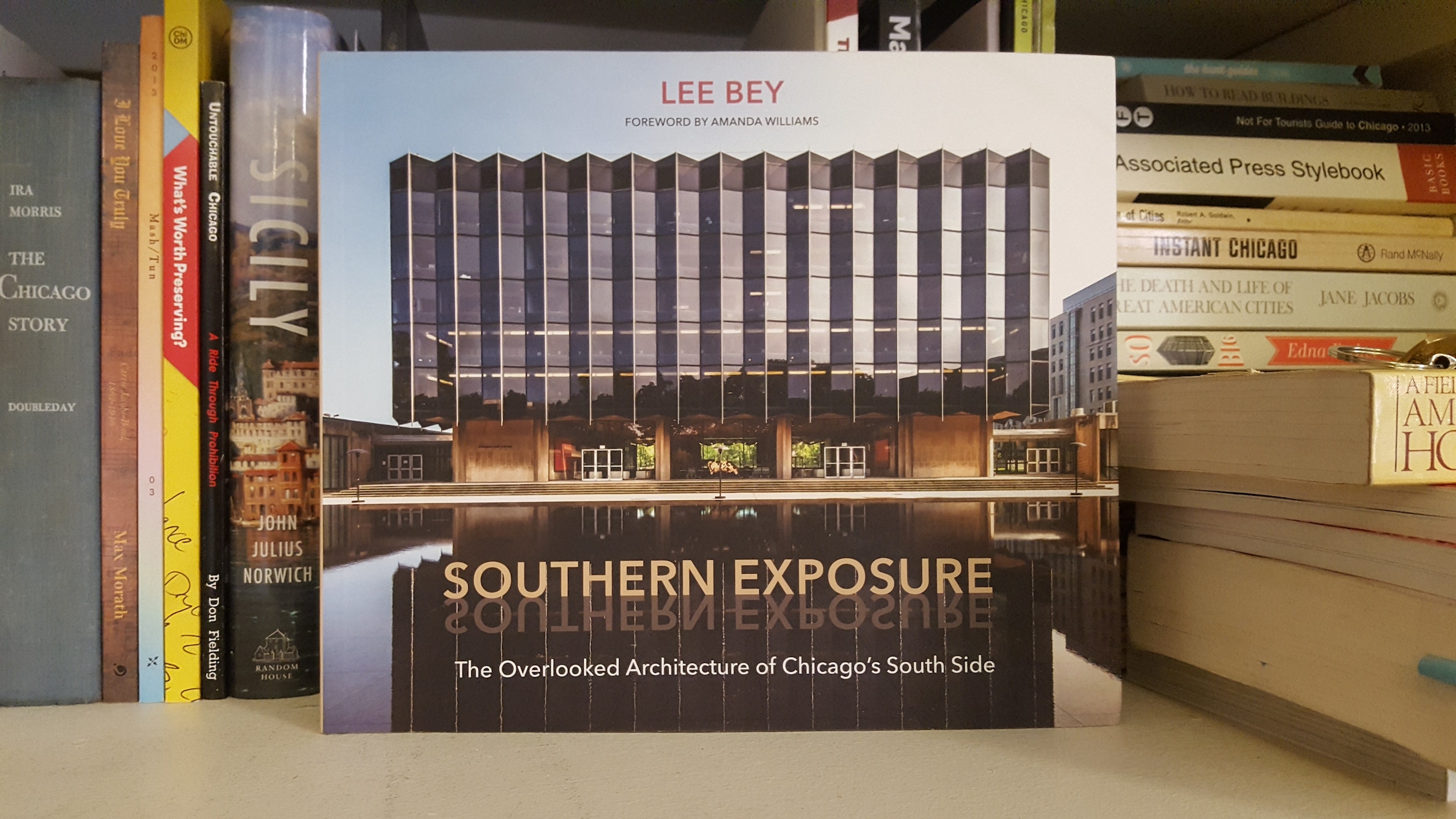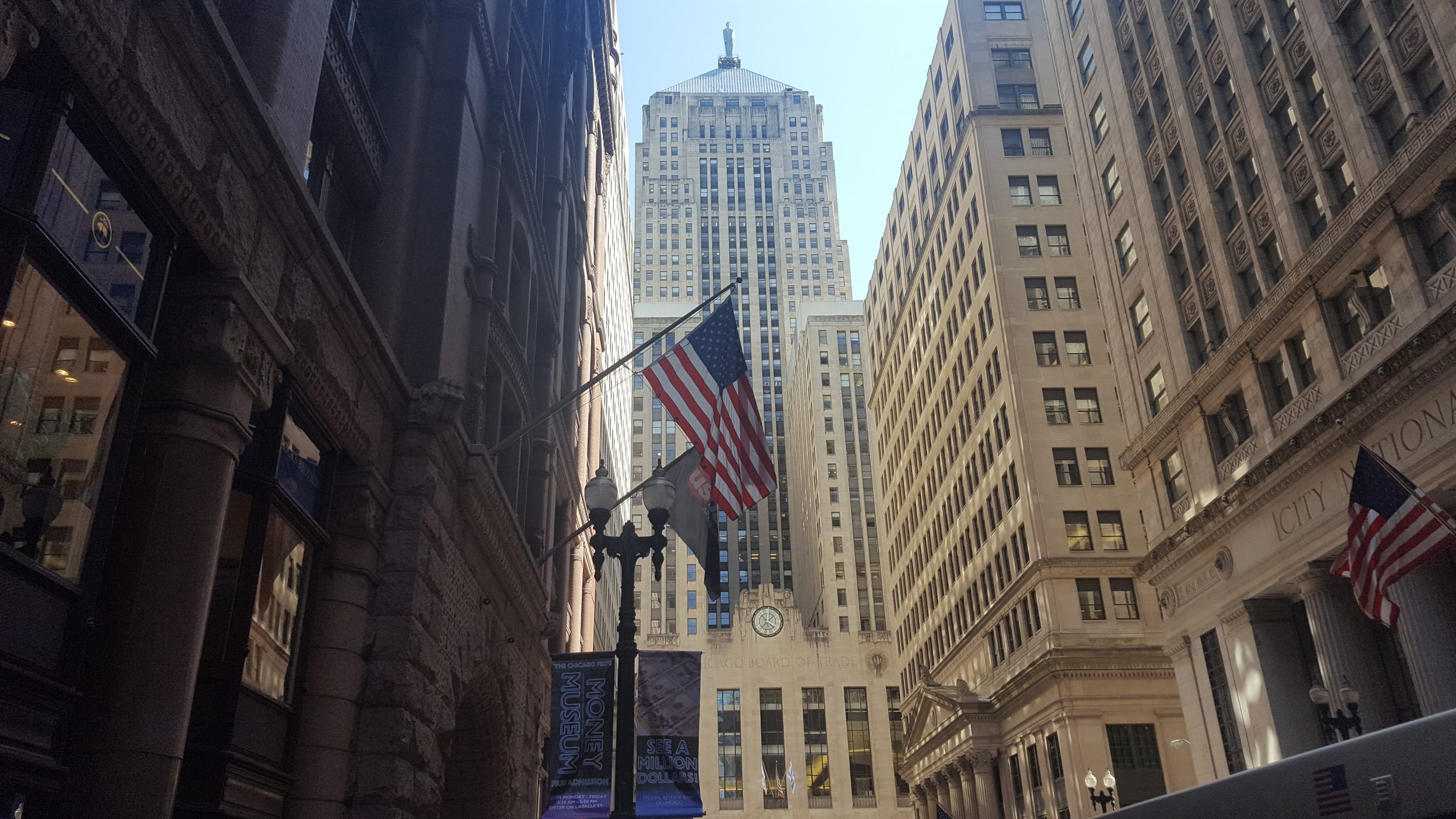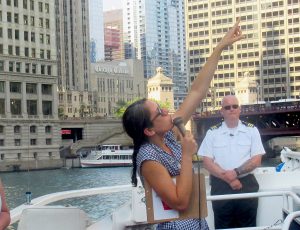This last week I’ve been prepping for one of the custom tours that we are doing for a big convention group. I did a lot of wandering the city, weaving in and out of buildings kind of like how we did on our Nonsensical Walk a few days ago. On my walk, I began to wonder about the story behind Chicago’s Art Deco architecture.
Art Deco Style
The Exposition internationale des arts décoratifs et industriels modernes in Paris in 1925 is what popularized the Art Deco style. “Arts decoratifs” became “art-deco” and the world quite literally flew into a tizzy over the style.
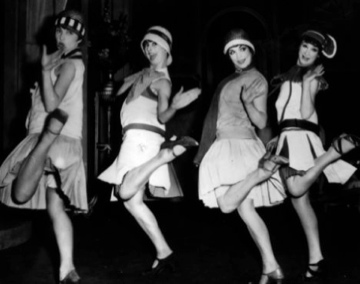
Stream-lined surfaces, linear and geometric shapes, and symmetry were all used to demonstrate glamor, vibrancy, sex-appeal and money – a far jump from the previous WWI years of chunky, heavy, and conservative Victorian style with its classical-inspired decorations and old money. The 1920’s was about the new, young, self-made man who takes what he wants and gets his own pleasure. Before the 1920’s, the art world was strictly for the high society. With art deco, art became more accessible to other classes. According to cultural writer Carolyn McDowell, “the Art Deco Style was about integrating contemporary living with art, and turning life into art.”
When I look at the buildings downtown and think about this era of “turning life into art,” I wonder how people in the 1920’s and 1930’s must have viewed this new style. They likely saw these buildings as symbols of the future and the power of capitalism.
Carbide & Carbon Building
Let’s look at the architecture of the Carbide & Carbon Building designed by the Burnham Brothers and completed in 1929. The rumor is that it was designed to look like a champagne bottle, with its golden top and green-tinted terra cotta facade. Truth is the top was designed to look like one of the batteries that would have used the chemicals that Carbide and Carbon made. The gold-leaf is not imitation, by the way, it’s real 24 karat gold. I know that seems hard to imagine, but they pounded it out so that it’s 1/5000 of an inch thick. The base is a reflective black granite, popular in Art Deco because of its sleekness and glamor.

Walking past this building in 1929, before the Stock Market crash, would have been uplifting. It was a symbol of Chicago’s and America’s prosperity. However, in the 1930’s it may have been a painful reminder of the negative effects of capitalism. These days, guests on the Chicago Architecture Tour for Design Lovers just really dig its aesthetics.
Chicago Motor Club
The Chicago Motor Club building is another example of the Chicago Art Deco style in full-swing. Not only was it a monument to the rise in popularity of motordom, it was a monument to the progress of capitalism and the prosperity of the 20’s. Everything about the building screams money, power and progress, especially the lobby.
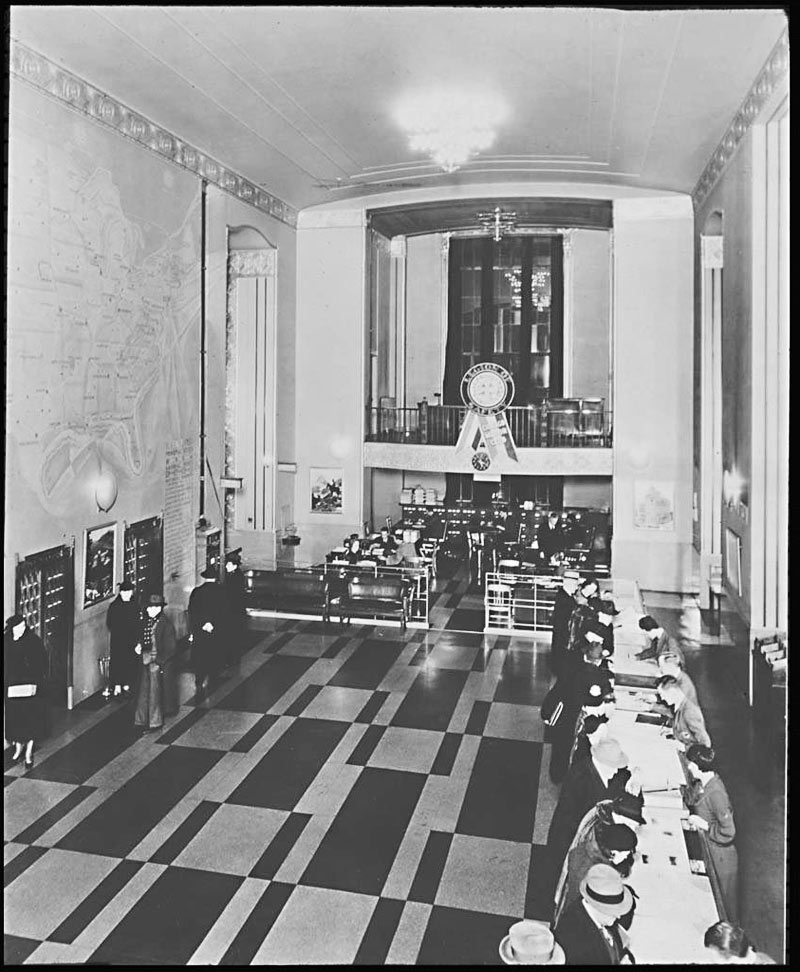
The ceiling is high and the windows linear. If you were to walk inside the lobby, you would feel small in the cathedral high space. On the west wall a 29-foot mural depicts the national highway system. Of course, many of the routes leading to Chicago. It must have been inspiring to look up at the map and see the progress of America. Unfortunately, you cannot walk in unless you want to purchase this vacant historic building.
So, reflecting on these two striking buildings, the Art Deco style is really about a nascent upper middle class access to the culture of high society during the booming economy. You know, that’s why they called it the “Roaring ’20s.”
-Jenna Staff, Chicago Detours Editorial Intern

